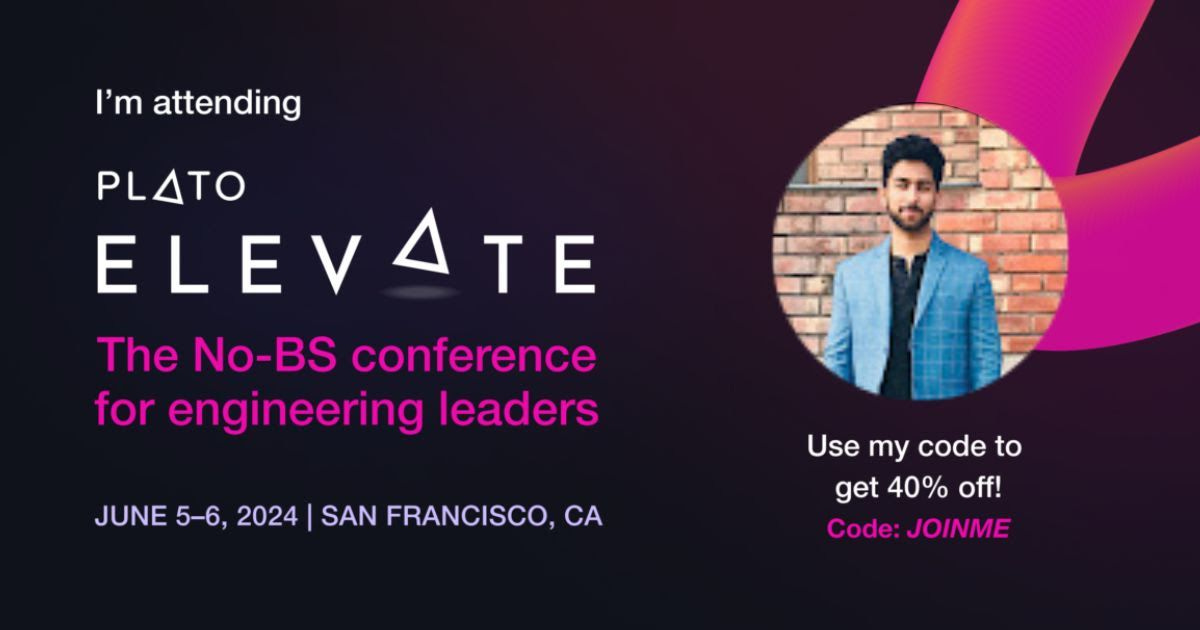Top 10 Myths In Software Engineering
In this newsletter, I am debunking the 10 biggest myths in software engineering.
I will be attending PlatoElevate,
The No-BS conference for Engineering leaders ! Looking forward to meeting my peers and learning from the speakers.See you on June 5th and 6th in San Francisco! You can use code above to get 40% off.
Let’s start with our topic for today….
The world is full of myths and our world of software engineering is no different. Th…


